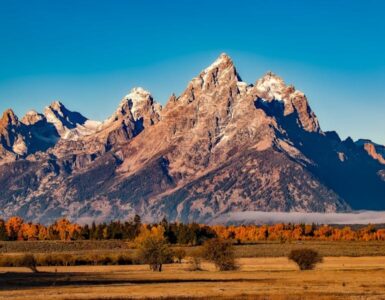A seven-state agreement to save the shrinking Colorado River is creating value for Arizona just a few months after it was signed May 20 at Hoover Dam, state water leaders said.
New guidelines in the agreement, called the Drought Contingency Plan (DCP), are already “paying dividends,” Arizona Department of Water Resources (ADWR) Director Tom Buschatzke and Central Arizona Project (CAP) General Manager Ted Cooke said in a piece they penned together for the Arizona Republic.
A key piece of the updated DCP requires states and water suppliers to “bank” water in Lake Mead where Arizona’s share of the Colorado River is stored.
It’s working – so far. The lake is 22 feet higher than expected.
Almost half of that was due to storage and contributions to system conservation, Buschatzke and Cooke said. The rest came from heavy snowfall in the Rockies.
“We can say with confidence that DCP is already a success,” the two water leaders said.
Water cutbacks next year
As part of the new guidelines, Arizona will likely be required to store more water in Lake Mead the next two years. A new higher tier level – Tier Zero – triggers reductions in water supplies to users. Lake Mead is expected to drop to Tier Zero in 2020 and 2021.
That would result in a reduction of 192,000 acre-feet of water supplies to Arizona, the two water leaders said.
“The estimated impact of contributing this water is more than $40 million, but the investment is worth it to protect the Colorado River system,” they said.
Better prepared for next round
How to protect water supplies beyond 2026 is now on their agenda. This time, they are much better prepared.
“The DCP is providing a safe harbor while we work on important issues leading up to 2026, when the existing guidelines for the operation of the Colorado River system expire,” they said.
In the past few years, climate change has forced the hand of state and federal officials nationwide to craft rules as they go to beat Mother Nature. In the Southwest, a 19-year drought is draining river supplies faster than projected.
Last year, the federal government stepped in, ordering states to get a revised DCP in place or face a takeover of the process by the U.S. Bureau of Reclamation.
It took a monumental effort for Arizona to do its part. There were hundreds of competing water interests and elected officials charged with coming up with the new guidelines to share and store water in Lake Mead.
Both officials stated that the grueling months-long process taught them many lessons.
The key was a “shared vision” to get it done.
“As we learned on January 31 when the State Legislature passed, and Governor Doug Ducey signed Arizona’s DCP, we achieved success because we worked together,” Buschatzke and Cooke said.
Bringing everybody back into the fold
Now, they are bringing everyone back together again. A new DCP will be renegotiated in 2026.
The first step will be a “listening and data-collecting effort.” Then, there will be meetings with everyone involved: cities, tribes, private water companies, developers, industry, mining, elected officials, state officials, non-profit organizations and others.
“This will ensure Arizona is a strong voice among the Colorado River Basin states and the federal government,” Buschatzke and Cooke said.
“That is our “next step.” It’s a big one and we must be prepared. And we will be, because Arizona truly is stronger together.”
















Add comment